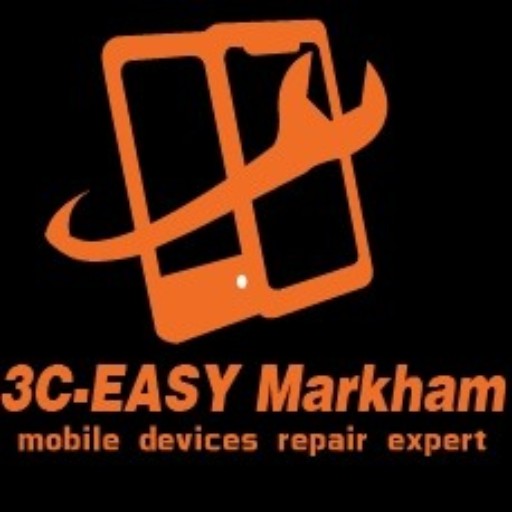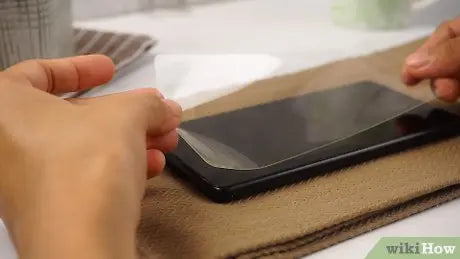Comprender las diferencias entre los protectores de pantalla de vidrio genéricos y de marca
A la hora de proteger la pantalla de tu teléfono, elegir entre protectores de pantalla de vidrio genéricos y de marca puede marcar una gran diferencia en durabilidad, claridad y experiencia general. En esta publicación, desglosamos las diferencias clave y comparamos algunas opciones de marcas populares: ZAGG InvisibleShield, HyperGear, OtterBox, Blu Element y Pisen.
Protectores de vidrio genéricos
Ventajas:
-
Asequibles: generalmente tienen un precio entre $5 y $15, lo que los hace económicos.
-
Protección básica: proporciona protección esencial contra arañazos e impactos menores.
-
Fácil de encontrar: Ampliamente disponible tanto en línea como en tienda.
Contras:
-
Calidad inconsistente: la calidad y el ajuste pueden variar según lotes o vendedores.
-
Funciones limitadas: generalmente carecen de funciones avanzadas como filtrado de luz azul o filtros de privacidad.
-
Vida útil más corta: más propenso a pelarse, agrietarse o amarillearse con el tiempo.
Los protectores de vidrio genéricos son una opción práctica para usuarios temporales o conscientes del presupuesto, pero pueden requerir reemplazos más frecuentes.
Protectores de vidrio de marca
Ventajas:
-
Materiales mejorados: a menudo fabricados con aluminosilicato o vidrio templado reforzado para una mayor resistencia.
-
Características adicionales: Incluye protección contra luz azul, resistencia a huellas dactilares y filtros de privacidad.
-
Soporte del fabricante: la mayoría de las opciones de marca vienen con garantías o programas de reemplazo.
Contras:
-
Costo más alto: varía entre $30 y $60, dependiendo de la marca y las características.
-
Depende de la marca: el rendimiento y la durabilidad varían según el fabricante.
Si busca protección a largo plazo y funciones adicionales, vale la pena invertir en protectores de pantalla de marca.
| Marca | Características principales | Mejor para | Rango de precios (CAD) |
|---|---|---|---|
| Escudo invisible ZAGG | - Protección avanzada contra impactos (p. ej. Glass XTR4) - Filtrado de luz azul, antirreflejo, opciones de privacidad. - Garantía de por vida - Tecnología resistente a las manchas ClearPrint™ |
Usuarios avanzados que desean durabilidad de primer nivel, comodidad para la vista y uso a largo plazo. | $45–$60 |
| OtterBox | - Resistente a caídas de hasta 6 pies - Opción Alpha Flex para resistencia a la rotura - Filtro de luz azul y capas antimicrobianas. |
Usuarios exigentes que necesitan protección duradera sin sacrificar la claridad de la pantalla. | $40–$60 |
| HyperGear | - Dureza 9H, 0,33 mm de grosor - Recubrimiento anti-roturas - Fácil de aplicar, resistente a las huellas dactilares. |
Buscadores de valor que desean protección con un volumen mínimo | $20–$30 |
| Elemento Blu | - Dureza superficial 9H - 2x resistencia al impacto - Cobertura de borde a borde con corte de precisión |
Usuarios de gama media que desean una cobertura confiable sin precios premium | $20–$30 |
| Pisen | - Opción económica - Protección básica contra arañazos e impactos. - Generalmente no hay funciones avanzadas - Comentarios mixtos de los usuarios sobre la durabilidad |
Usuarios conscientes del presupuesto que necesitan protección temporal o de uso ligero | $10–$20 |
Reflexiones finales
Elegir el protector de pantalla de cristal adecuado depende de tus prioridades. Para usuarios ocasionales o que usan el teléfono por poco tiempo, los protectores genéricos ofrecen una protección adecuada a un precio mucho menor. Sin embargo, si dependes mucho de tu dispositivo y valoras las funciones adicionales, la durabilidad y la garantía, invertir en una opción de marca como ZAGG, HyperGear, OtterBox, Blu Element o incluso opciones de gama baja como Pisen es una opción más inteligente a largo plazo.
¿Buscas más información sobre accesorios tecnológicos? Visita nuestro blog para ver reseñas detalladas, comparativas de productos y consejos de expertos.







